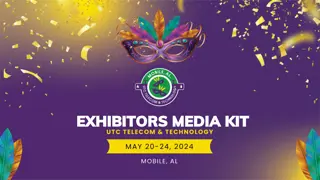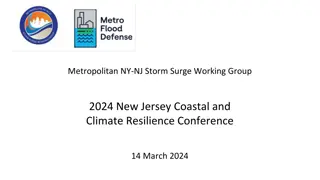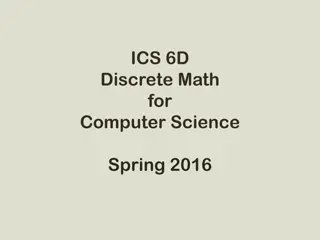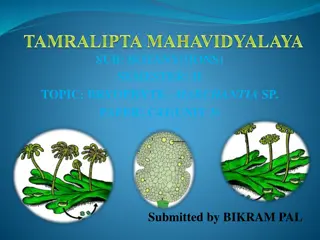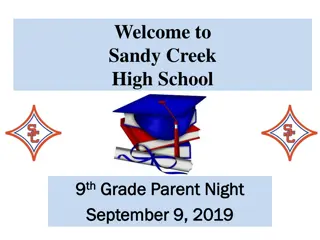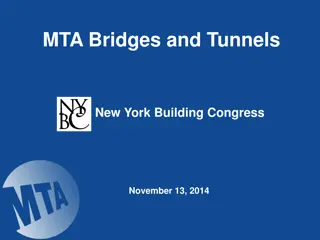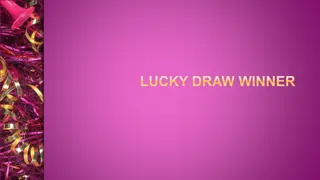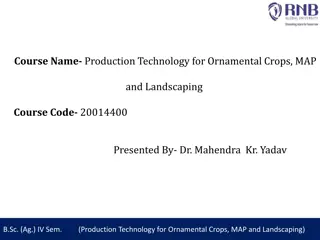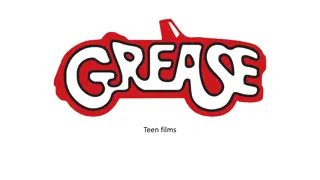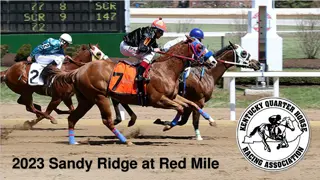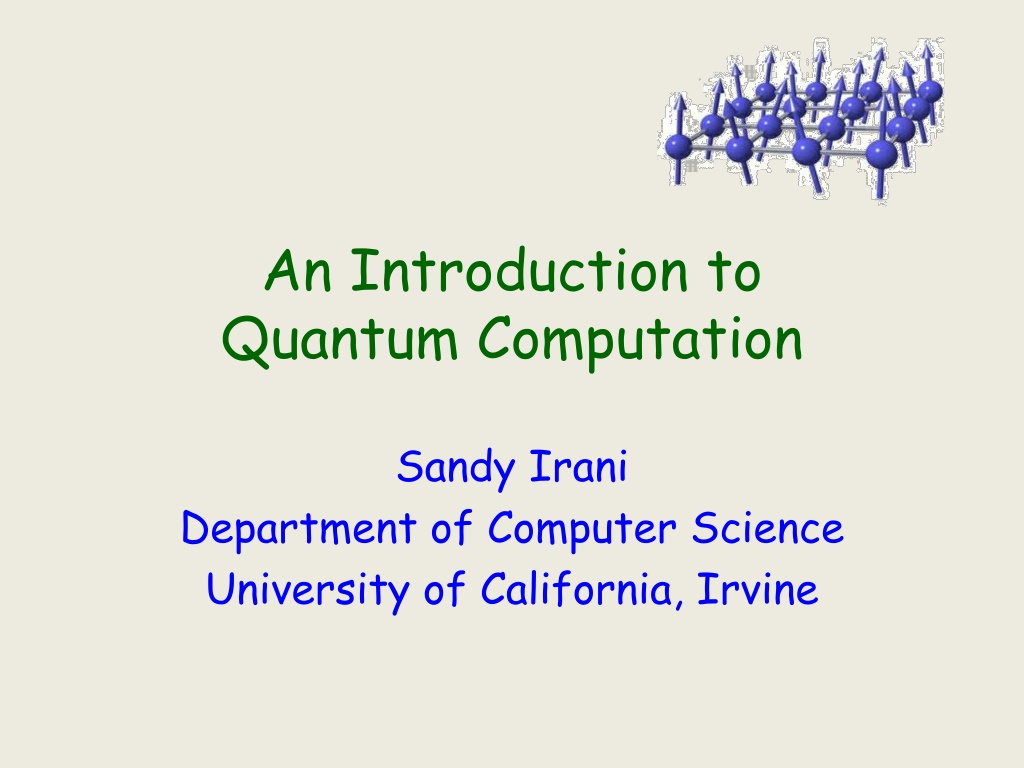
Quantum Computation and the Church-Turing Thesis
Explore the realm of quantum computation, its potential to revolutionize computing, and the fundamental concept of the Church-Turing Thesis. Delve into the principles of quantum superposition, qubit implementations, and the unique capabilities of quantum computers in this insightful content.
Download Presentation

Please find below an Image/Link to download the presentation.
The content on the website is provided AS IS for your information and personal use only. It may not be sold, licensed, or shared on other websites without obtaining consent from the author. If you encounter any issues during the download, it is possible that the publisher has removed the file from their server.
You are allowed to download the files provided on this website for personal or commercial use, subject to the condition that they are used lawfully. All files are the property of their respective owners.
The content on the website is provided AS IS for your information and personal use only. It may not be sold, licensed, or shared on other websites without obtaining consent from the author.
E N D
Presentation Transcript
An Introduction to Quantum Computation Sandy Irani Department of Computer Science University of California, Irvine
Simulating Physics with Computers Richard Feynman Keynote Talk, 1st Conference on Physics and Computation, MIT, 1981
Simulating Physics with Computers Richard Feynman Keynote Talk, 1st Conference on Physics and Computation, MIT, 1981 Is it possible to build computers that use the laws of quantum mechanics to compute?
Church-Turing Thesis Until recently, every computer on the planet from a 1960 s mainframe to your iPhone - has operated by the same set of rules. These were the rules that Charles Babbage understood in the 1830 s and that Alan Turing codified in the 1930 s. Through the course of the computer revolution, all that has changed at the lowest level are the numbers: speed, amount of RAM and hard disk, number of parallel processors. But quantum computing is different. --Scott Aaronson NY Times Oct 30, 2019
Whats so special about a Quantum Computer?
Quantum Superposition 1 1 + 2 2
Quantum Superposition 1 1 - - 2 2
Implementations of a Qubit Energy level of an atom Spin orientation of an electron Polarization of a photon. NMR, Ion traps,
Information: 1 Bit Example (Schrodinger s Cat) Classical Information: A bit is in state 0 or state 1 OR Classical Information with Uncertainty Bit is 0 with probability p0 Bit is 1 with probability p1 State (p0, p1) X=1 X=0 Quantum Information State is a superposition over states 0 and 1 State is ( 0, 1) where 0, 1 are complex.
Information: 1 Bit Example (Schrodinger s Cat) Classical Information: A bit is in state 0 or state 1 OR Classical Information with Uncertainty Bit is 0 with probability p0 Bit is 1 with probability p1 State (p0, p1) X=1 X=0 X=1 X=0 with prob p1 with prob p0 Quantum Information State is a superposition over states 0 and 1 State is ( 0, 1) where 0, 1 are complex.
Information: 1 Bit Example (Schrodinger s Cat) Classical Information: A bit is in state 0 or state 1 OR X=1 X=0 Classical Information with Uncertainty State (p0, p1) X=1 X=0 with prob p1 with prob p0 Quantum Information State is partly 0 and partly 1 1 + + 0 State is ( 0, 1) where 0, 1 are complex.
Information: n Bit Example Classical Information: State of n bits specified by a string x in {0,1}n Classical Information with Uncertainty State described by probability distribution over 2n possibilities (p0, p1, ., p2n-1) X = 011 Quantum Information State is a superposition over 2n possibilities ( 0, 1, , 2n-1), where a is complex
Information: n Bit Example p000 Classical Information: State of n bits specified by a string x in {0,1}n p001 Classical Information with Uncertainty State described by probability distribution over 2n possibilities (p0, p1, ., p2n-1) p010 p011 p100 p101 Quantum Information State is a superposition over 2n possibilities ( 0, 1, , 2n-1), where a is complex p110 p111
Information: n Bit Example 000 + + 001 + + 010 + + 011 + + 100 + + 101 + + 110 + + 111 Classical Information: State of n bits specified by a string x in {0,1}n Classical Information with Uncertainty State described by probability distribution over 2n possibilities (p0, p1, ., p2n-1) Quantum Information State is a superposition over 2n possibilities ( 0, 1, , 2n-1), where a is complex
A quantum kilobyte of data (8192 qubits) Encodes 28192 complex numbers 28192 ~ 102466 (Number of atoms in the universe ~ 1082)
State of n qubits (0,, 2n-1) stores 2n complex numbers: Rich in information How to use it? How to access it?
Quantum Measurement State of n qubits ( 0, , 2n-1) 000 + + 001 + + 010 + + 011 + + 100 + + 101 + + 110 + + 111 If all n qubits are examined: Outcome is 010 with probability | 010|2.
Quantum Measurement State of n qubits ( 0, , 2n-1) If all n qubits are examined: Outcome is 010 with probability | 010|2. The measurement causes the state of the system to change: The state collapses to 010
Ingredients in Computation Store information about a problem to be solved Manipulate the information to solve the problem Read out an answer
Computer Circuits 0/1 0/1 AND NOT AND 0/1 0/1 0/1 OR OR 0/1 0/1 0/1 0/1 OR AND AND 0/1 0/1 Output Input
Quantum Circuits 0 U1 U6 U5 U2 M U4 U7 U3 U8 0 Time Input Read the output by measurement
Interference [Image from www.thehum.info, due to Dr. Glen MacPherson]
Quantum Circuits 0 U1 U6 U5 U2 M U4 U7 U3 U8 0 Quantum Algorithms causes wrong answers to have small amplitude and right answers to have high amplitude, so that when we measure output, we are likely to get the right answer. Manipulate data so that negative interference
Factoring Given a positive integer, find its prime factorization. 24 = 2 x 2 x 2 x 3 Output Input
Factoring RSA-210 = 2452466449002782119765176635730880184 6702678767833275974341445171506160083 0038587216952208399332071549103626827 1916798640797767232430056005920356312 4656121846581790410013185929961993381 7012149335034875870551067
Can Quantum Computers Be Built? Key challenge: prevent decoherence (interaction with the environment). Can factor N=15 on a quantum computer Larger problems will require quantum error correcting codes.
Layout of Googles Sycamore Quantum Processor Picture from Nature Vol 574, October 24, 2019 Select a random quantum circuit (set of interactions) Then repeatedly sample the outcome. One repetition -> one 53-bit string
How Do You Check a Quantum Computer? Google estimated that it would take 10,000 years to check using 100,000 conventional computers running the fastest algorithms currently known. Simulating the 53 qubit machine requires storing 253 = 9 quadrillion = 9 x 1015 complex numbers Instead check smaller versions of the same problem still using massive amounts of computing power.
Next Steps Simulate quantum physics of chemical reactions. Quantum error correction
Quantum Computing and Information Classical Simulation Of Quantum Systems Physical Implementation Of Quantum Computers Algorithm Design For Quantum Circuits Quantum Information Theory Quantum Cryptography Quantum Complexity Theory
My Research Design efficient algorithms on a quantum (or classical) computer that will provably compute properties of a quantum system. For what kinds of systems is this possible? Or: give mathematical evidence that there is no efficient way to solve this problem.

